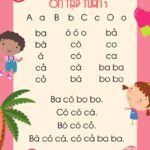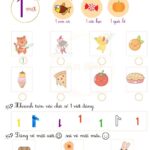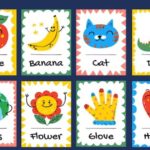Parents can initiate the learning process by introducing each letter and its corresponding animal. For instance, when pointing to the “A – Alligator” flashcard, say: “This is the letter A, and this is an alligator. We call it an alligator.”
After the introduction, organize a recognition game:
– Display flashcards and ask children to name the letter and the animal.
– Allow children to choose the correct image from a selection of multiple flashcards.
– Encourage children to practice writing the letters and animal names on paper. Parents can provide templates for easier tracing.
Visual aids help children easily remember letters and vocabulary. They will engage in fun games, increasing their interest in learning. Simultaneously, children improve their pronunciation and communication skills through group activities.
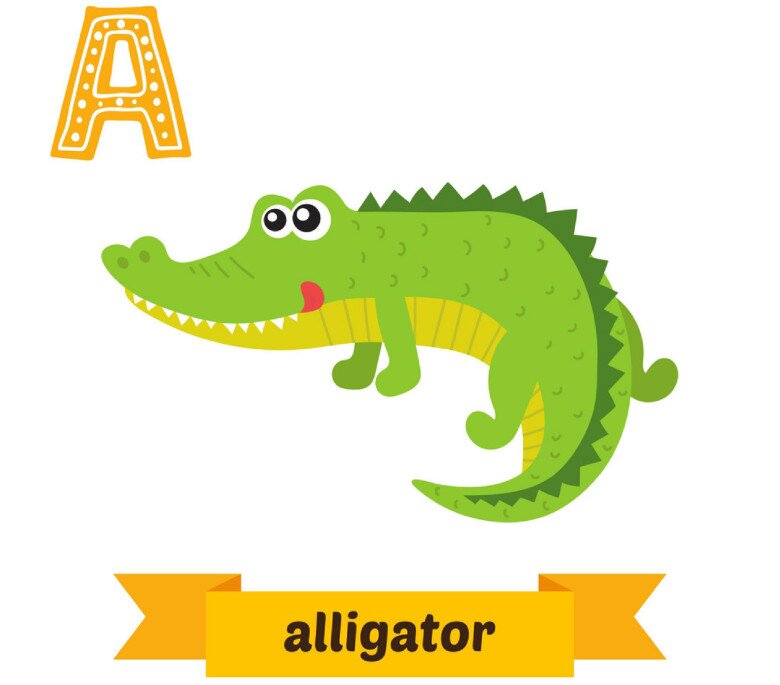
A – Alligator – The Alligator
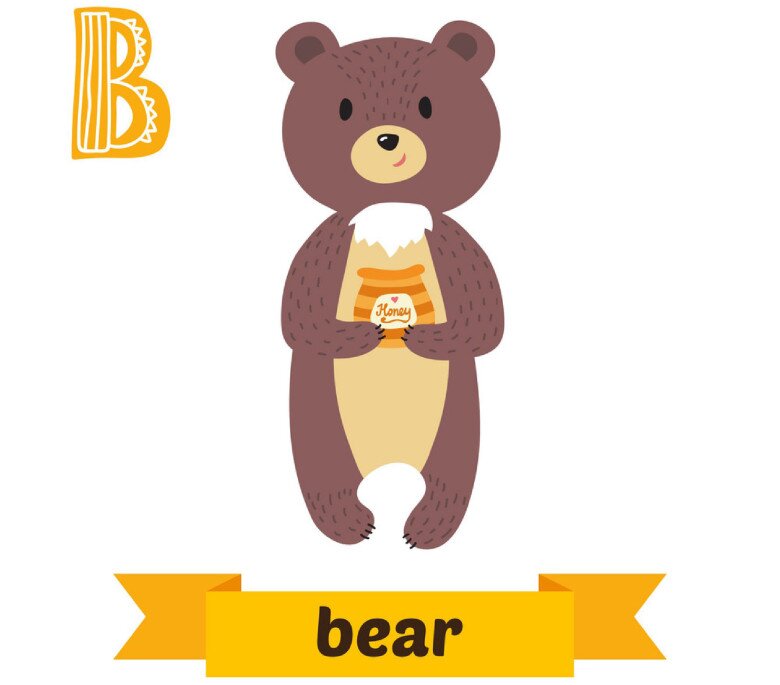
B – Bear – The Bear
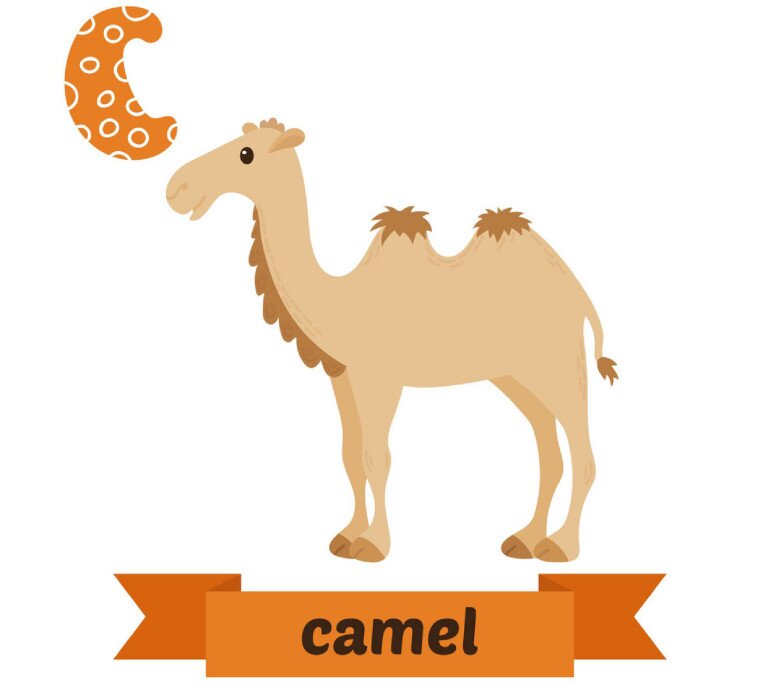
C – Camel – The Camel
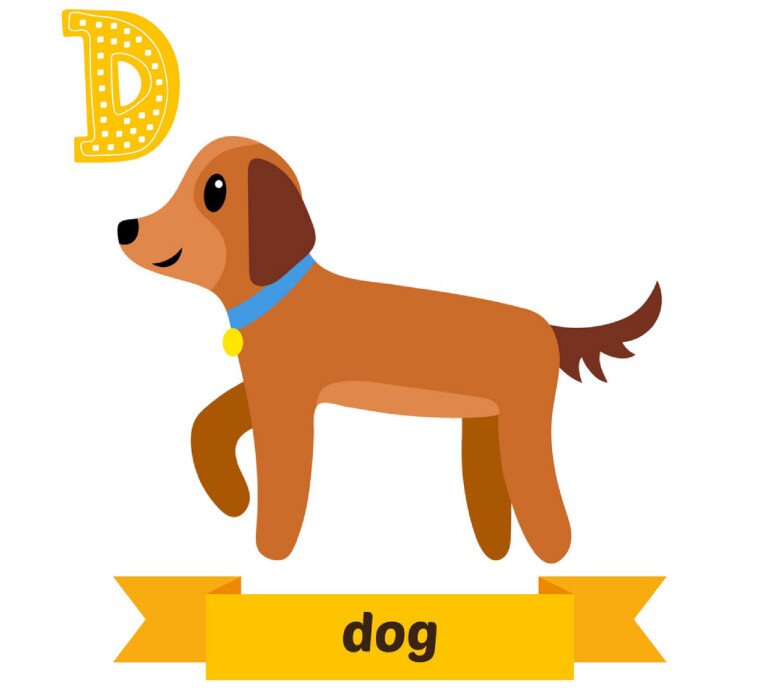
D – Dog – The Dog

E – Eagle – The Eagle
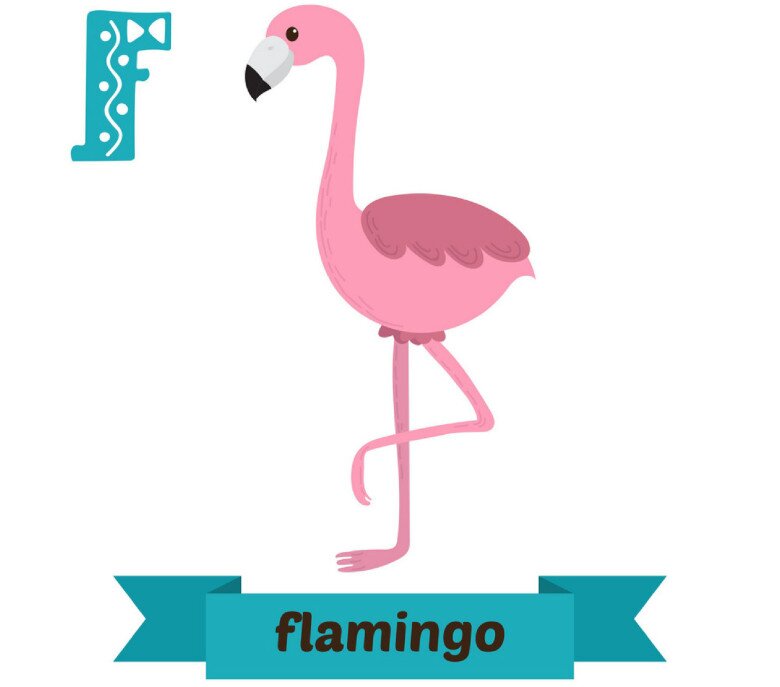
F – Flamingo – The Flamingo
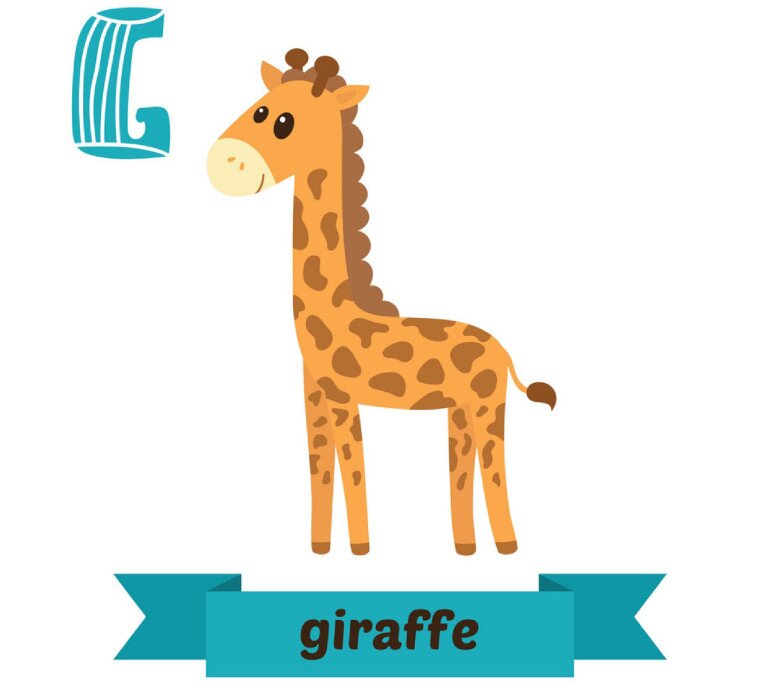
G – Giraffe – The Giraffe

H – Hedgehog – The Hedgehog
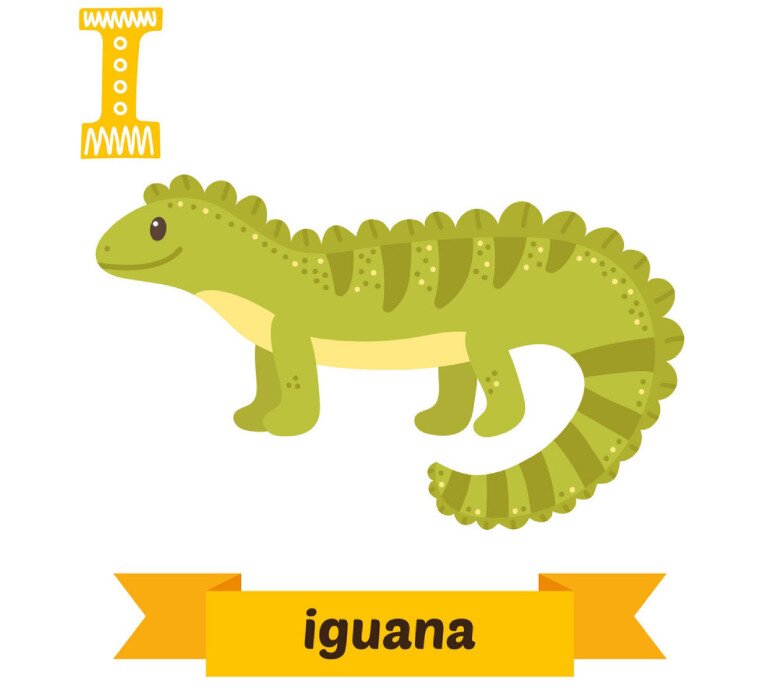
I – Iguana – The Iguana
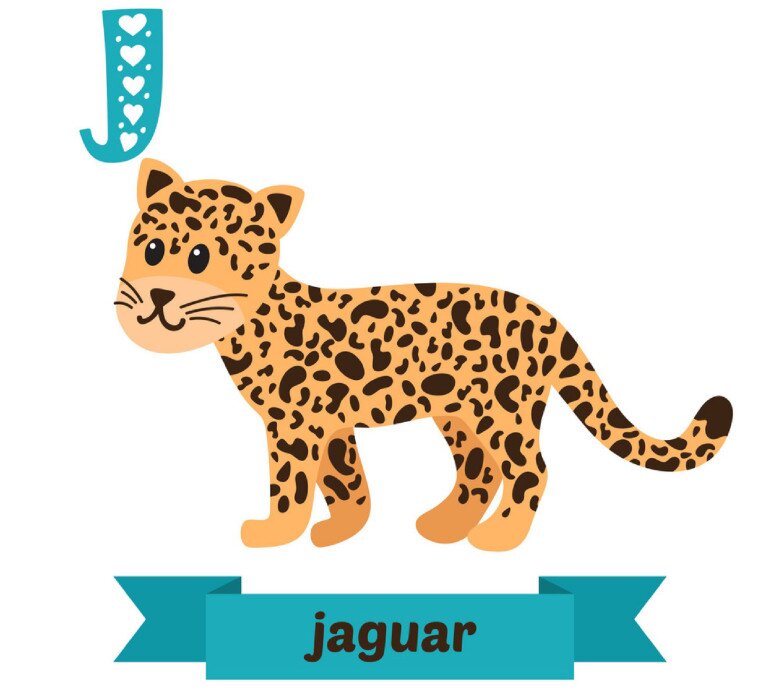
J – Jaguar – The Jaguar

K – Kangaroo – The Kangaroo

L – Lamb – The Lamb
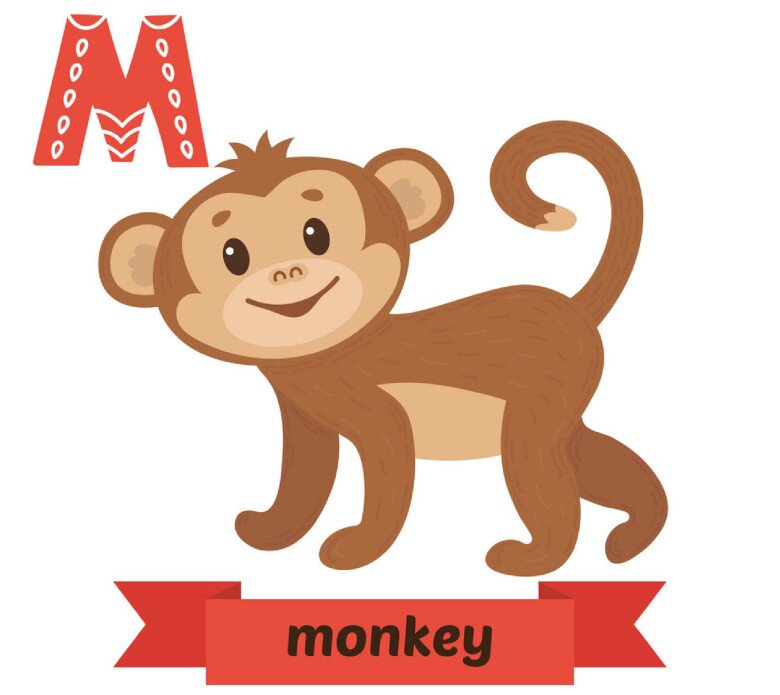
M – Monkey – The Monkey
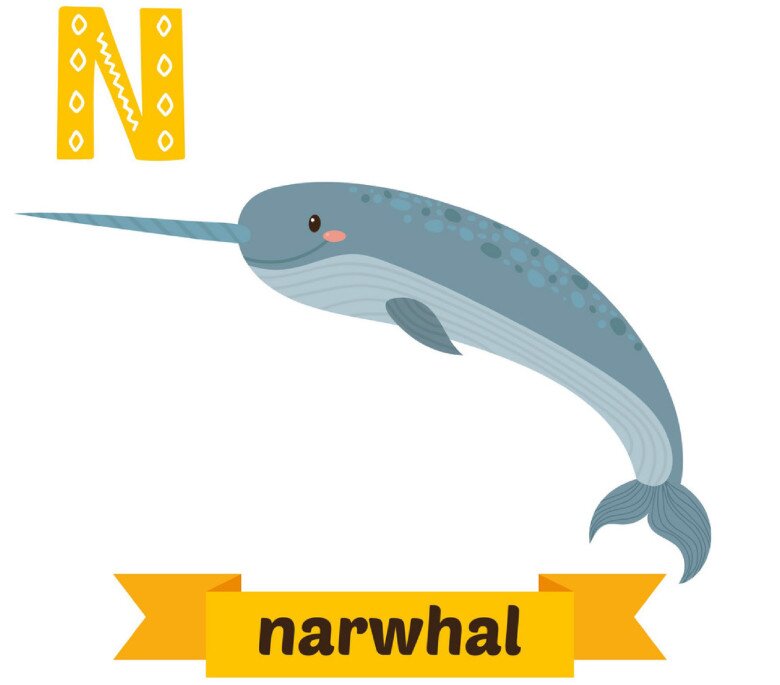
N – Narwhal – The Narwhal
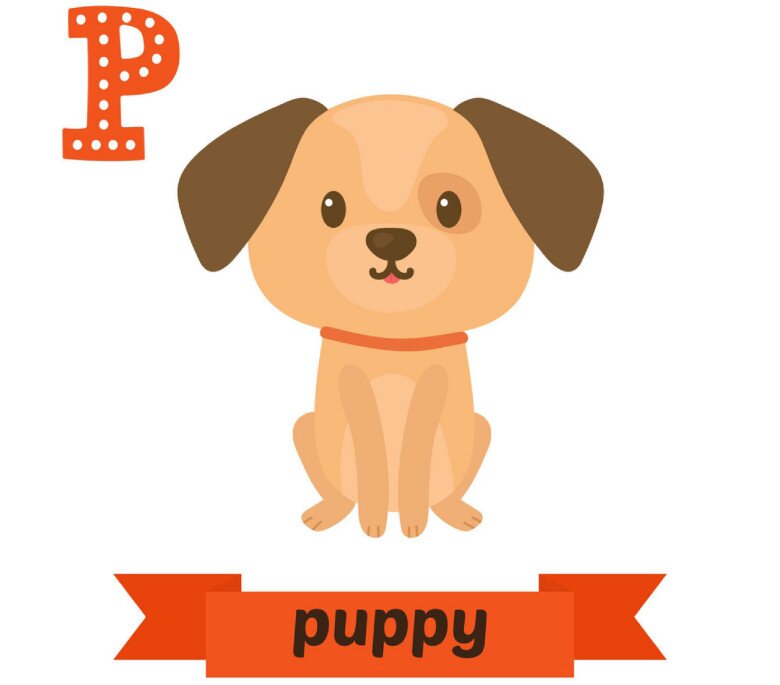
P – Puppy – The Puppy

O – Octopus – The Octopus
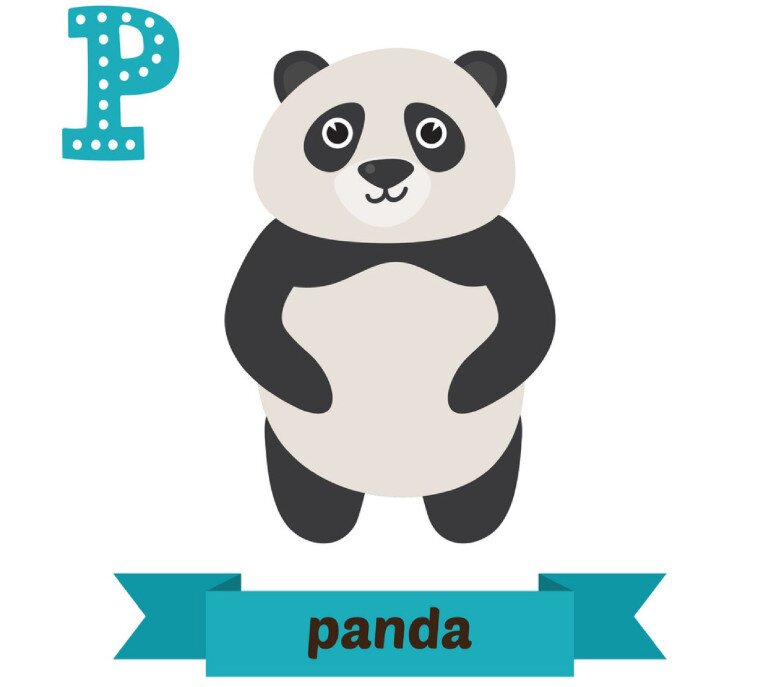
P – Panda – The Panda

R – Rooster – The Rooster
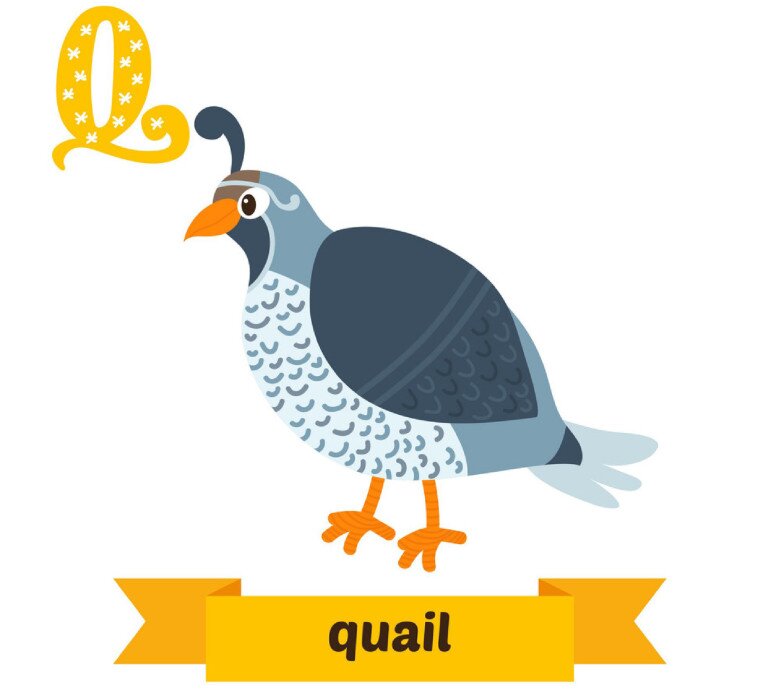
Q – Quail – The Quail
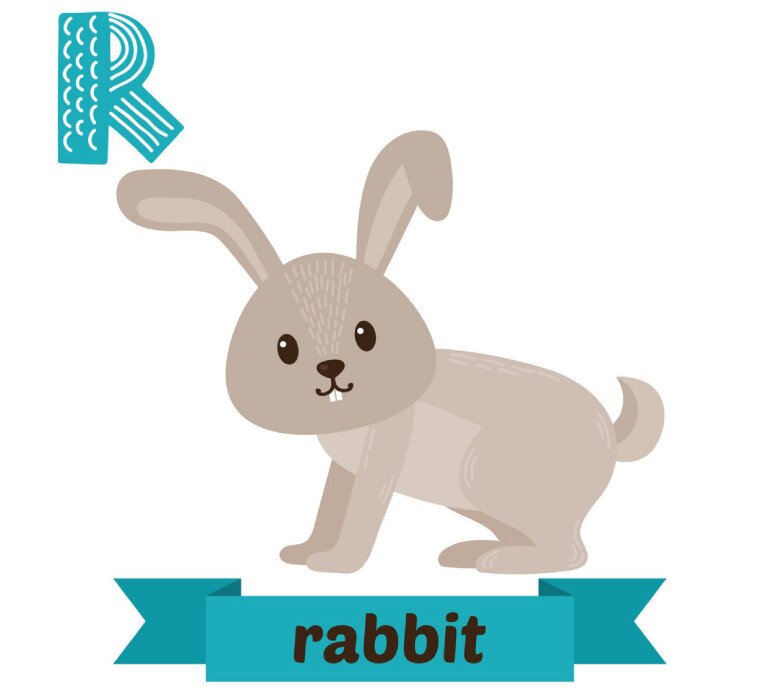
R – Rabbit – The Rabbit
The Ultimate Guide to Reading for Kids: 15 Fun and Easy Exercises to Improve Your Child’s Reading Skills
Introducing a fun and engaging way to spend the days leading up to Tet: helping your little ones practice their reading and phonics! With simple words, rhymes, sentences, and paragraphs, you can create cherished family memories and set your child up for academic success. It’s a wonderful way to bond and ensure your child’s early education is off to a great start.


























